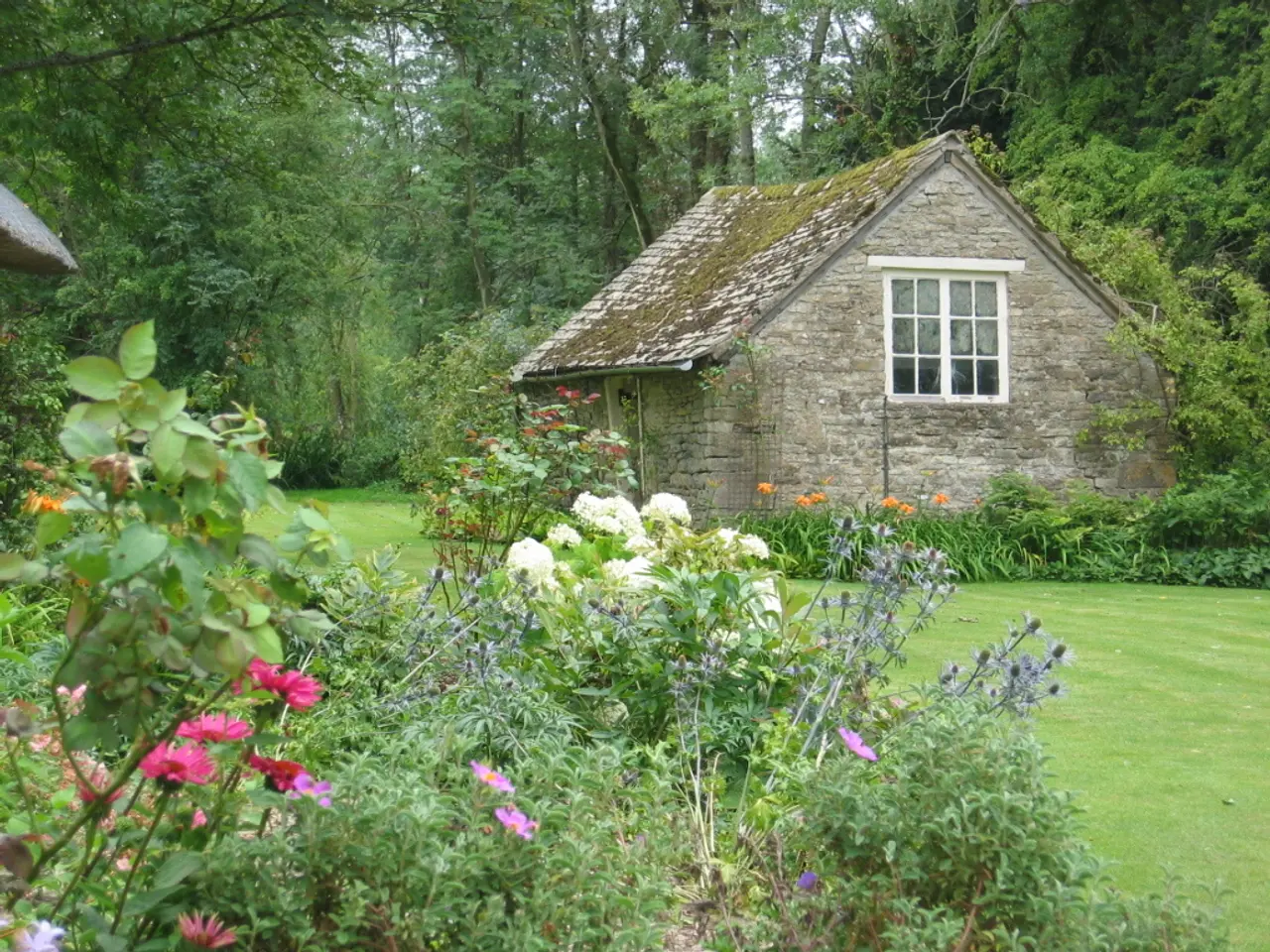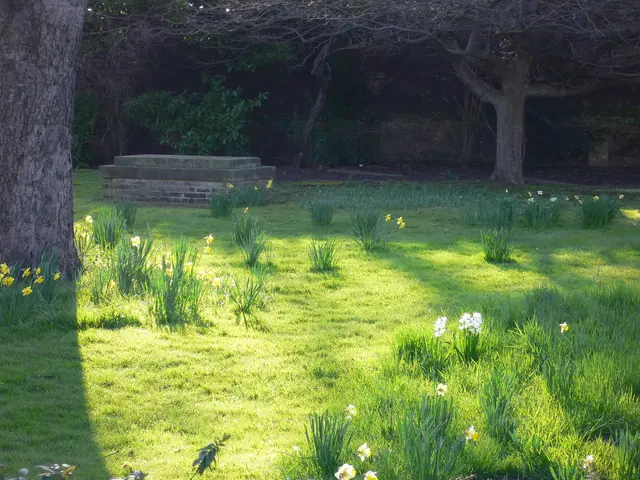Navigating Home Gardening for Novices: Expert Guidance for Green Thumbs Aspiring
In the heart of summer, tending to a flourishing garden is a delightful pastime for many. But, creating a thriving home garden requires careful planning and an understanding of the unique conditions in your backyard. Here's a step-by-step guide to choosing the best plants for your garden based on your local climate and soil type.
1. **Identify Your Climate Zone:** Determine your USDA hardiness zone or climatic region. This helps understand which plants can survive and thrive in your area's temperature ranges and seasonal changes. Cool-season crops like lettuce and peas do well in northern, cooler zones, while heat-loving plants such as peppers and okra flourish in southern, warmer climates.
2. **Understand Your Soil Type:** Conduct a soil test to evaluate soil texture (sandy, loamy, clay), pH, and nutrient levels. Soil type affects water retention, drainage, and nutrient availability. Some plants thrive in acidic soils (pH 4-6), like magnolias which need acidic soil and tolerate mild frosts, while others prefer neutral or slightly alkaline soils.
3. **Select Plants Adapted to Your Climate and Soil:** In hot climates with warm soil temperatures (65°F to 95°F), tropical and heat-tolerant plants are ideal. For instance, Malabar spinach needs afternoon shade and consistent moisture, and okra thrives in full sun with well-watered soil. In subtropical climates, choose species that tolerate seasonal variations and have similar watering and soil requirements. Magnolia grandiflora, for instance, suits humid subtropical areas, prefers acidic soil, and withstands moderate frost. In humid regions, tropical fruit trees (mango, avocado, soursop) grow best in well-drained, slightly acidic to neutral soil with adequate moisture during spring and summer.
4. **Consider Water and Maintenance Needs:** Ensure your soil drains well to prevent root rot, especially in areas with heavy rainfall. Some plants require mulching to retain moisture and reduce weeds (e.g., okra). Proper plant spacing improves air circulation, reducing fungal disease risk.
5. **Match Plant Requirements for Light and Temperature:** Plants vary in their sun exposure needs—full sun, partial shade, or shade. Also, cold-sensitive plants should be avoided or protected in areas prone to frost.
During autumn, it's time to clean up spent plants, add organic matter to enrich the soil for next year's growth, and mulch to insulate the soil, suppress weeds, and retain moisture through colder months. Summer requires regular watering and vigilant pest monitoring, with essential tools like a trowel, pruning shears, watering can, garden hoe, rake, wheelbarrow, and garden gloves at your side.
Choosing the right plants for your home garden based on climate and soil type involves careful consideration, but the rewards are a thriving, low-maintenance garden that brings joy and fresh produce to your table.
- For the best results, consider matching your plants' water and maintenance needs to your home's soil drainage and local rainfall patterns.
- To create a sustainable garden that promotes healthy plant life, make sure to choose plants suitable for your climate zone and soil type.
- Incorporating plants from various lifestyle categories, such as fruit trees, flowers, and greens, not only beautifies your home-and-garden space but also supports a healthy, eco-friendly lifestyle.
- Embrace the concept of sustainability in gardening by selecting native plants that naturally fit into the local ecosystem, promoting biodiversity and attracting pollinators like bees and butterflies.








